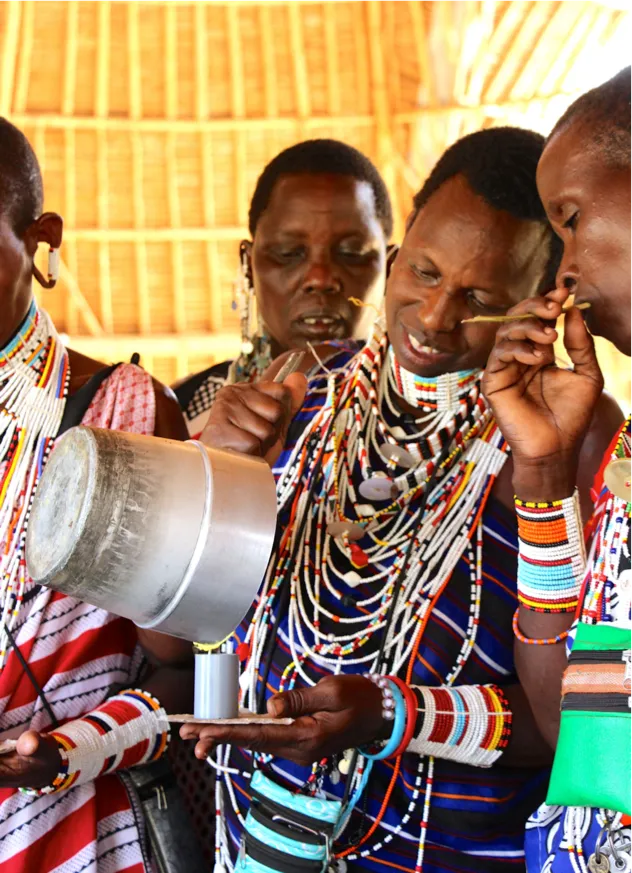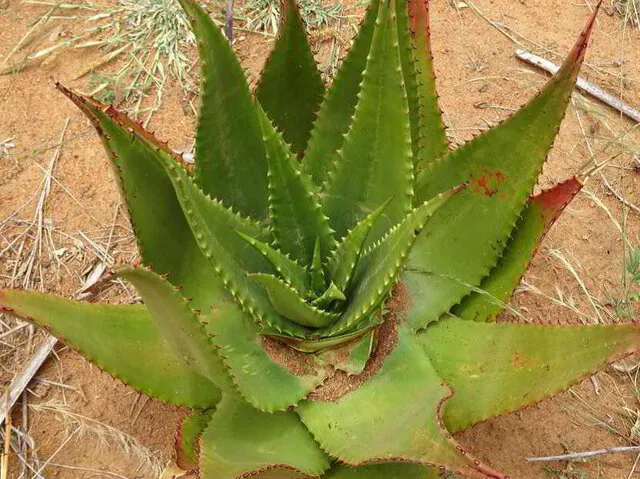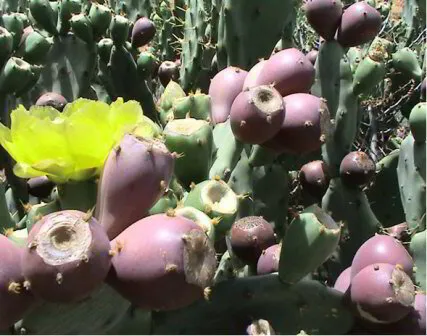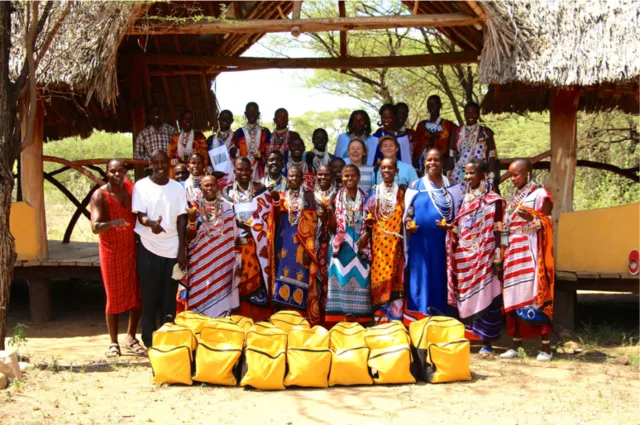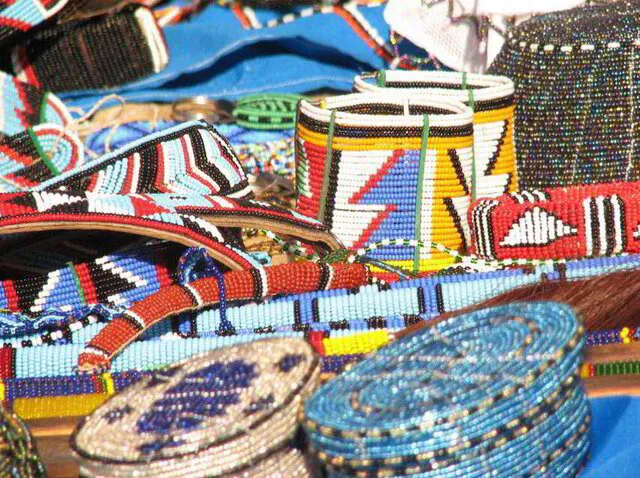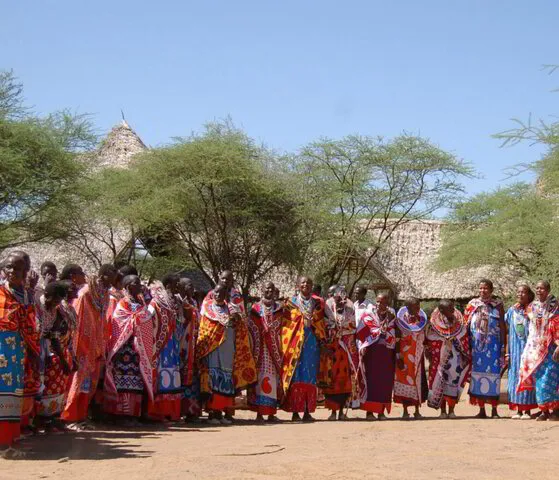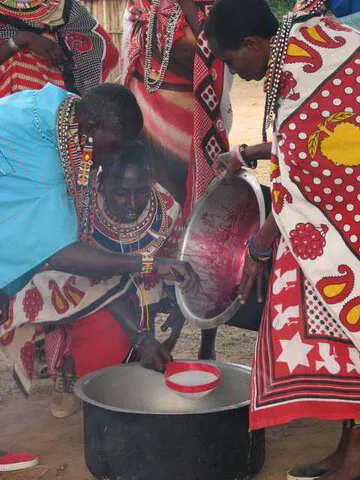Women’s Enterprise
Building Sustainable Economies
Increasing women’s economic opportunities is imperative to building sustainable conservation practices and more equitable societies. We support programs that empower women to develop conservation-related enterprises so that they can more actively contribute to their community’s livelihood. Businesses such as Bees for Conservation, aloe and opuntia production, Beads for Conservation, and ecotourism are helping women to support themselves as well as community development projects. Through these programs, women entrepreneurs gain new skills and connections, launch and build innovative businesses, and develop as respected leaders in their communities.
Olkiramatian Reto Women’s Group
The Olkiramatian Reto Women’s Group was established in November of 2007. There are currently 200 members. A chairlady and eleven committee members, from four sub locations of Olkiramatian (Entasopia, Olchorolepo, Olkiramatian, Oloiborototo and Oldorko), represent the group.
Lale’enok Resource Centre is owned and run by this Women’s Group, and receive the camping fees raised through the use of the centre by researchers, visitors and students. Through a strong committee and democratic processes, the group uses the funds to support livelihood and development projects including:
Bees for Development: The women have been working with a bee keeping expert, Jessie de Boer, to develop apiaries and a business model. They have beehives in all sub-locations of Olkiramatian group ranch: Entasopia, Olchorolepo, Olkiramatian, Oloiborototo and Oldorko.
Solar Lights Enterprise: The women are the official agents for a solar light company called SunnyMoney. This enables them to buy solar lights at cost price and sell them locally for a profit.
Beads for Conservation: The women make beaded bracelets which are bought and sold by Cincinnati Zoo & Botanical Gardens. All profits are then returned to SORALO’s projects.
Girl-Child Bursaries: The women support the school fees of four girls each year.
Opuntia Syrup
Opuntia stricta is a New World cactus belonging to the large group of “prickly pear” species. It is used as a barrier fence and in some parts of the world as livestock fodder and even eaten as a fruit by people. A number of opuntia species were introduced into Kenya in the 1950’s including in Mukogodo near the village of Doldol. The cactus was not a problem until the late 1990’s when rapid deterioration of the rangelands created a perfect opportunity for invasion. Now it stricta is invading at 2 km per year.
However, the local women working with the Uaso Ngiro Baboon Project (UNBP) and African Conservation Centre (ACC) have found another use for the invader. They are making syrup from the fruit to consume in a variety of ways: from a “mixer” in fancy cocktails served at tourist lodges (Drunken Monkey and Twala Sunset) to a healthy “chai” (tea). These products are currently being market tested.
This type of prickly pear fruit is high in vital minerals and vitamins, high in anti-oxidants and high in “good” sugars. The Department of Nutritional Studies at the University of Nairobi, working with ACC also suggested other uses such as adding to porridge to improve its quality, blending with other juices particularly Aloe vera, making fodder for livestock from both the pads and waste seeds and even extracting oil from the seeds that are refuse from the syrup making.
The opuntia project brings value to the local community in two ways. It provides a rare source of essential vitamins and minerals in the diet when it is consumed as tea or in porridge. It also has the potential to produce a new source of income when the syrup is marketed commercially in Kenya. With this in mind, ACC plans to do a marketing survey and build a small processing plant.

